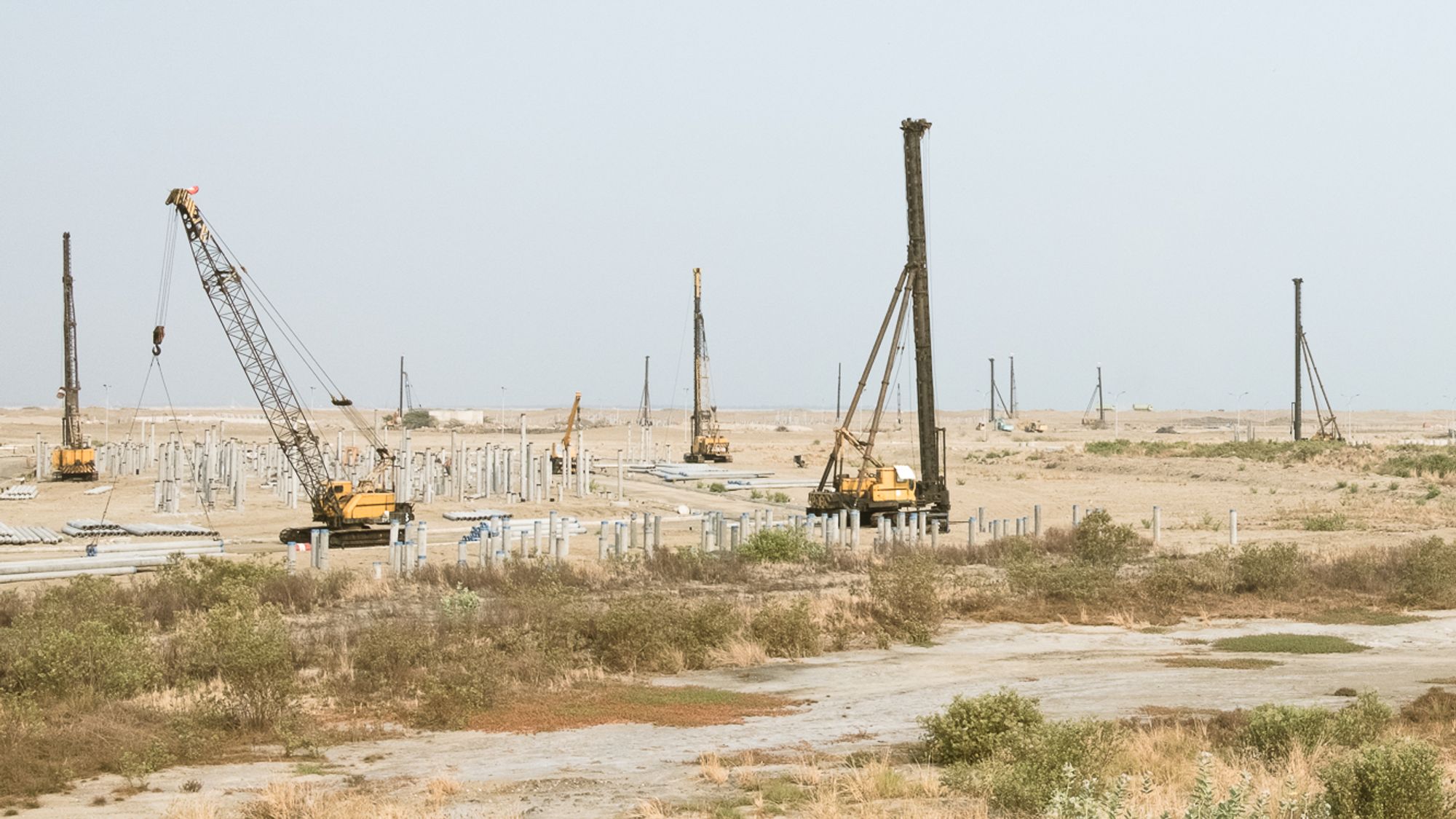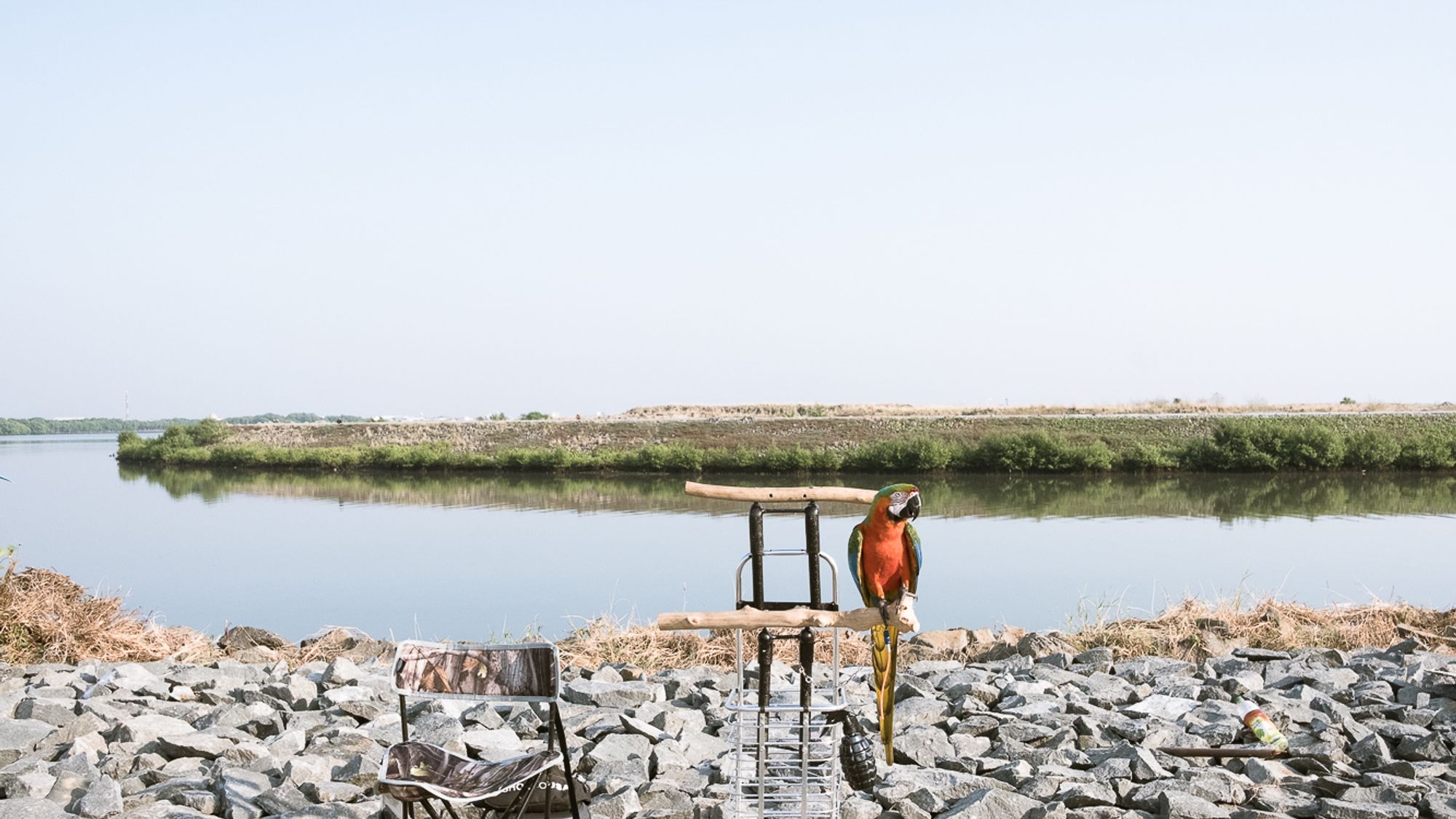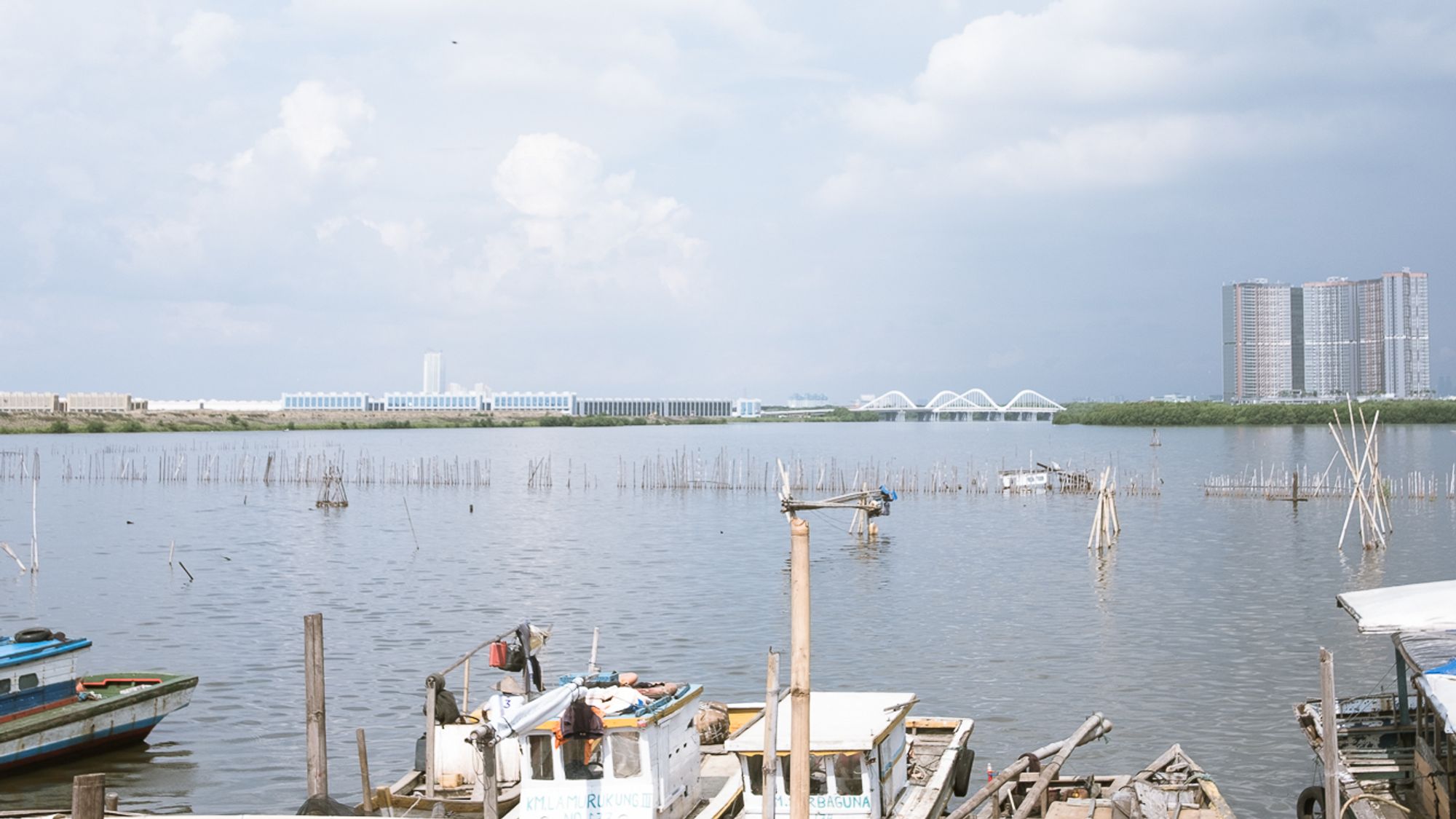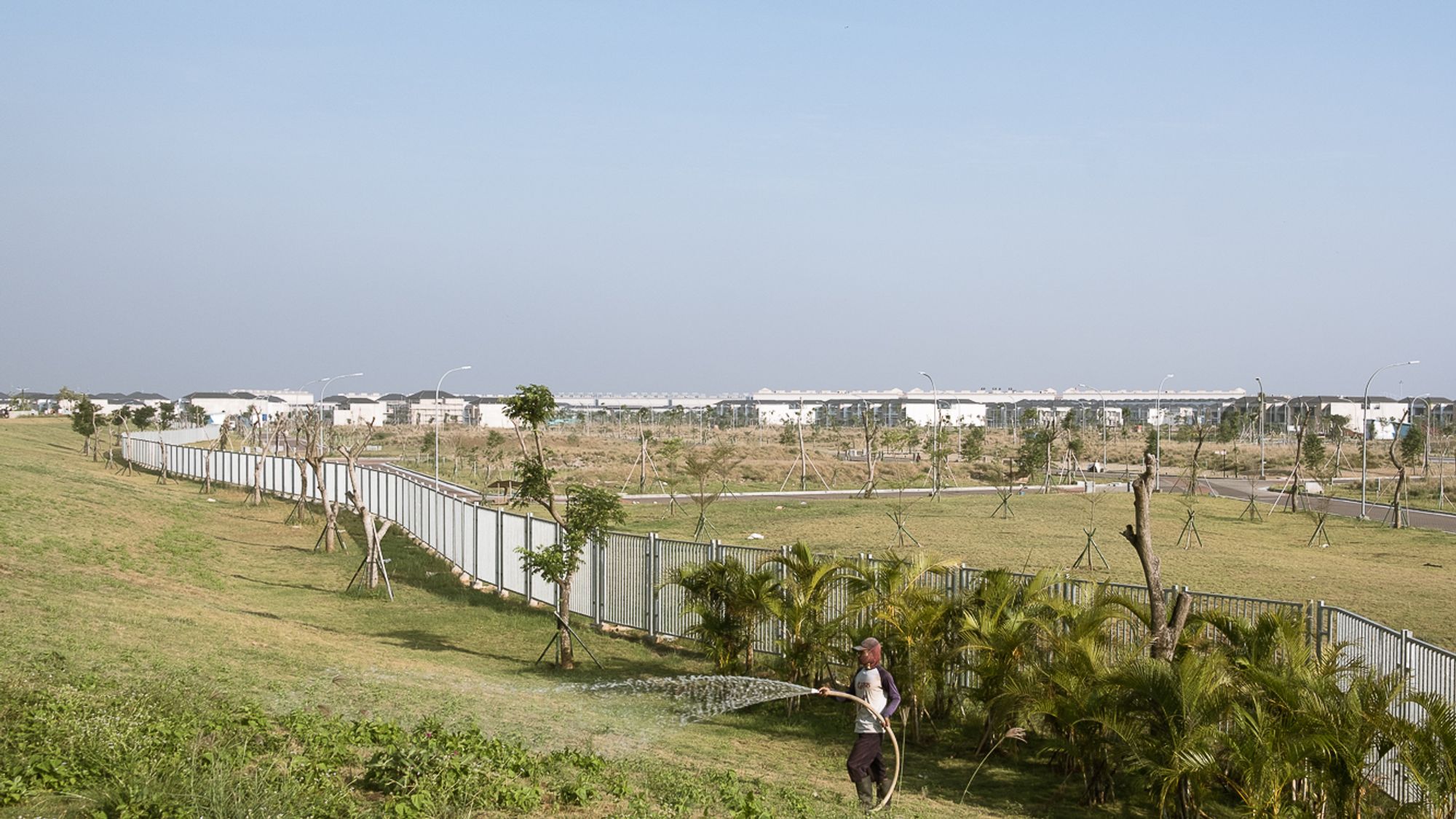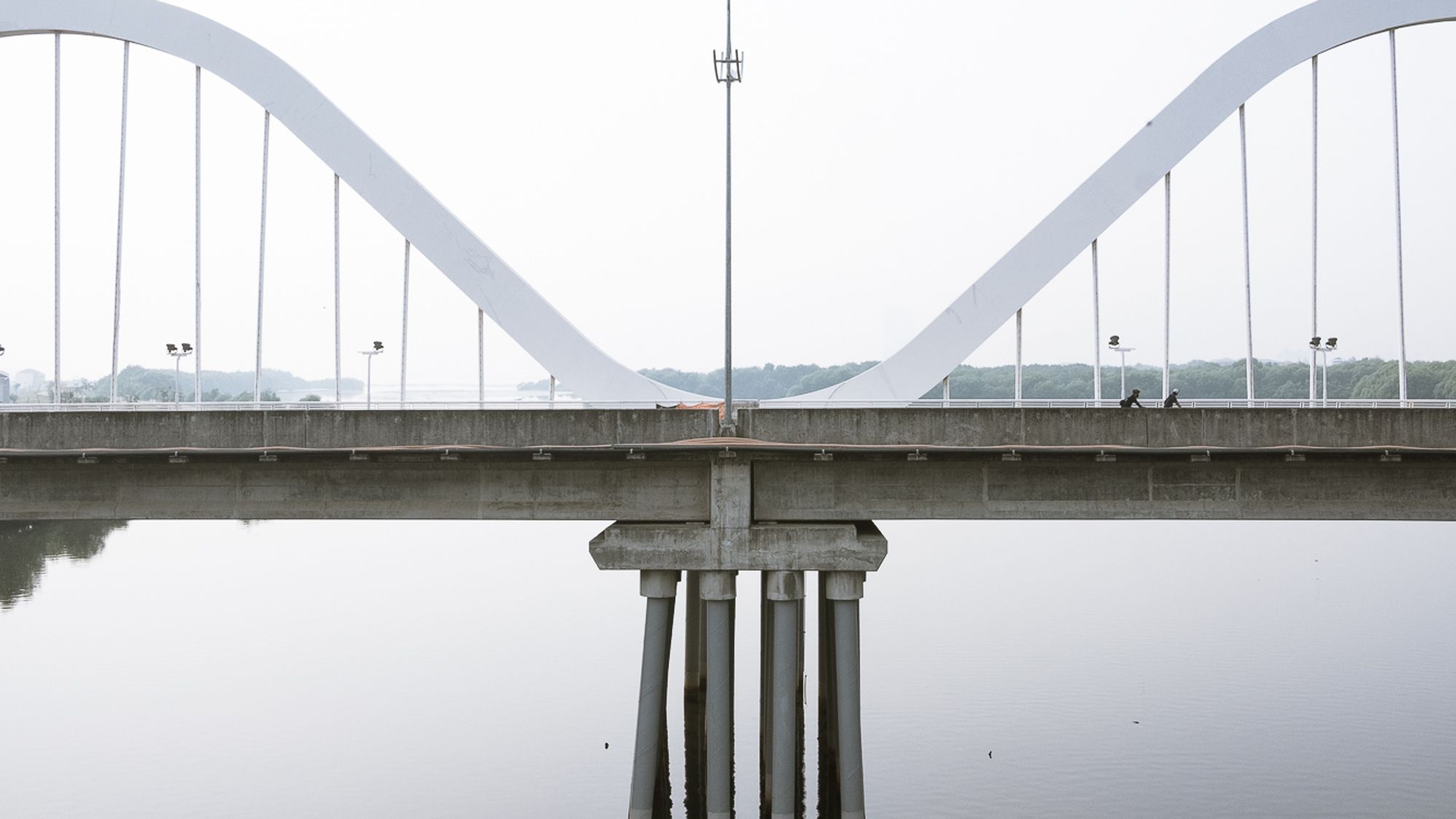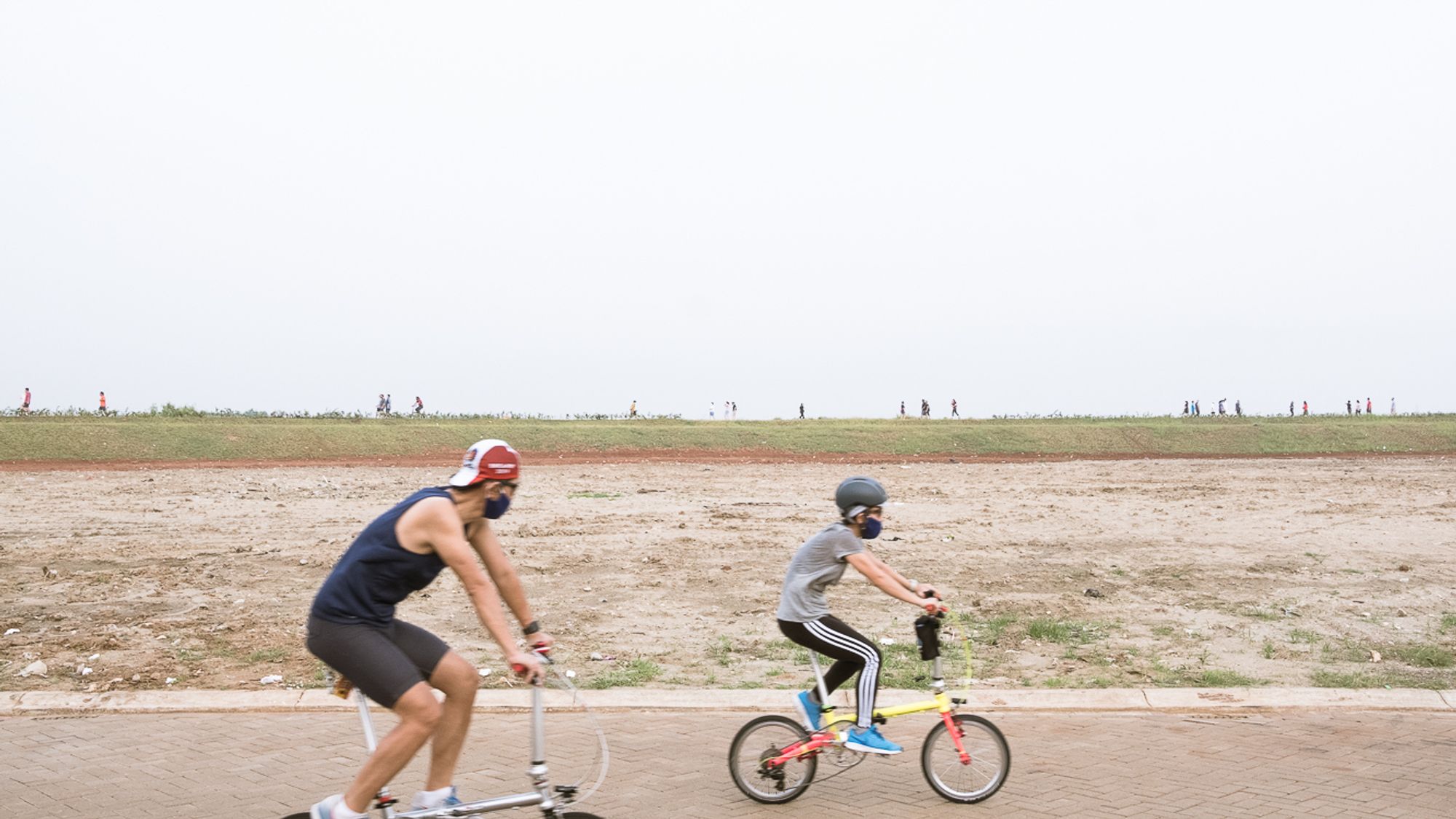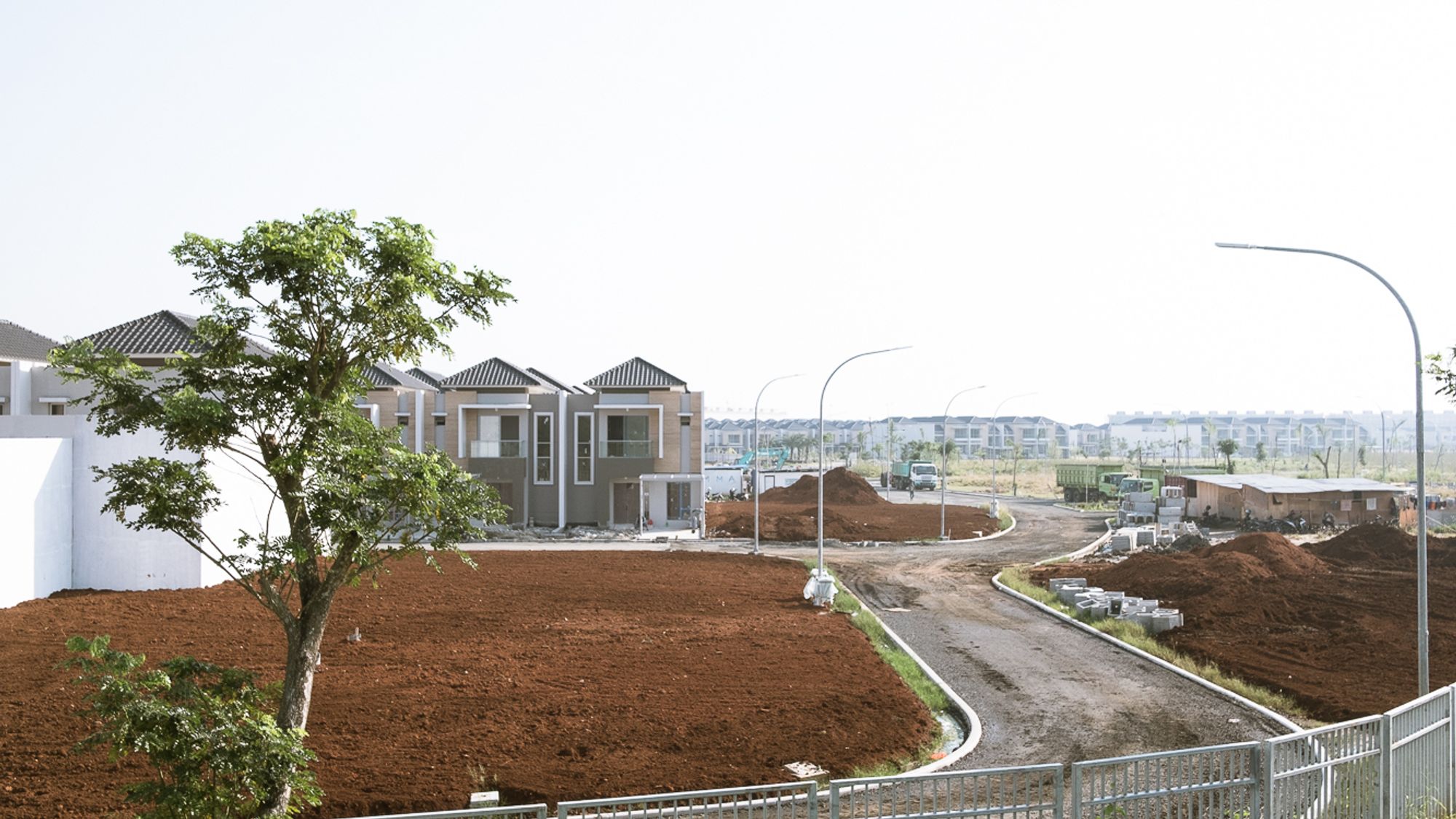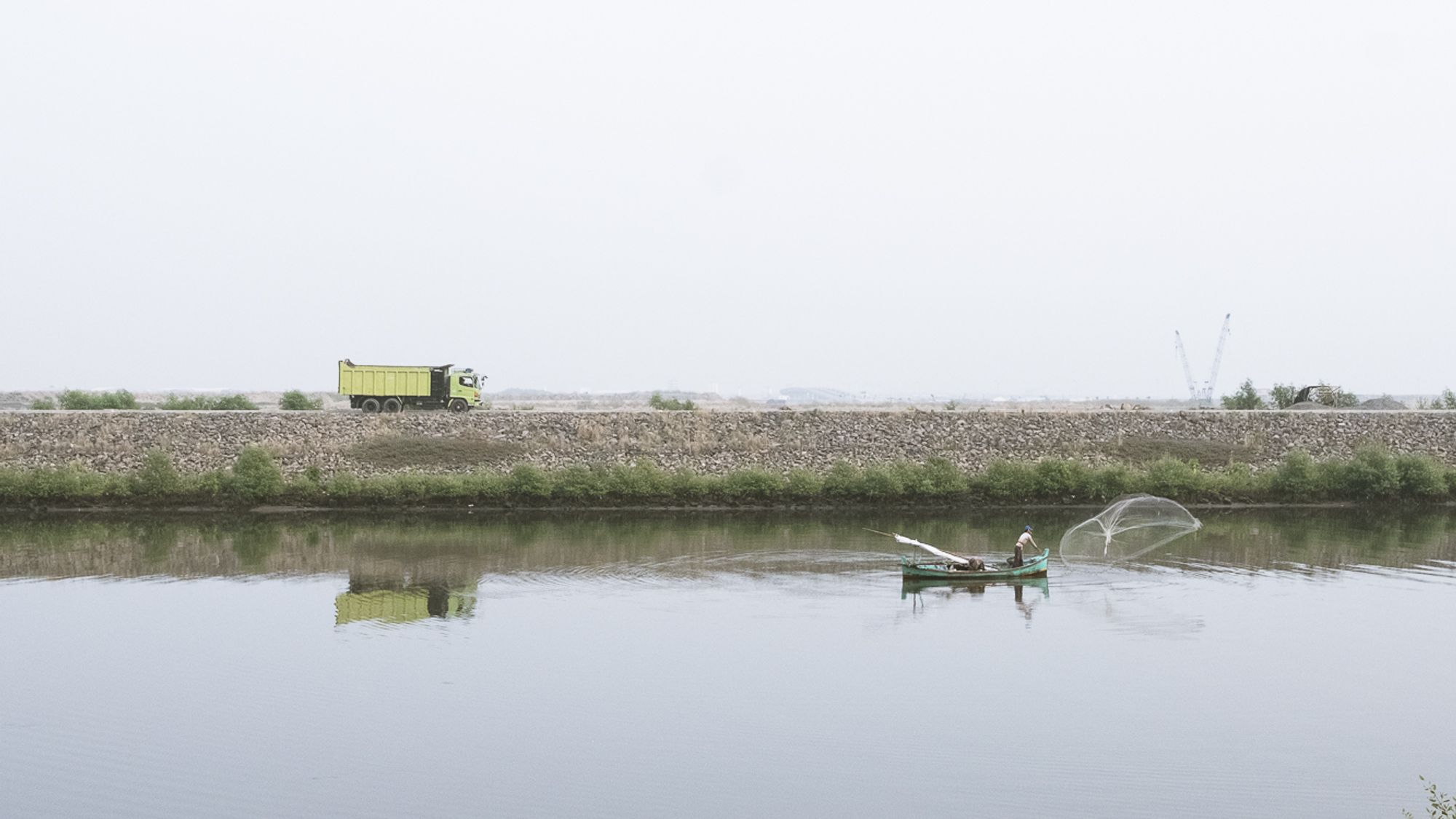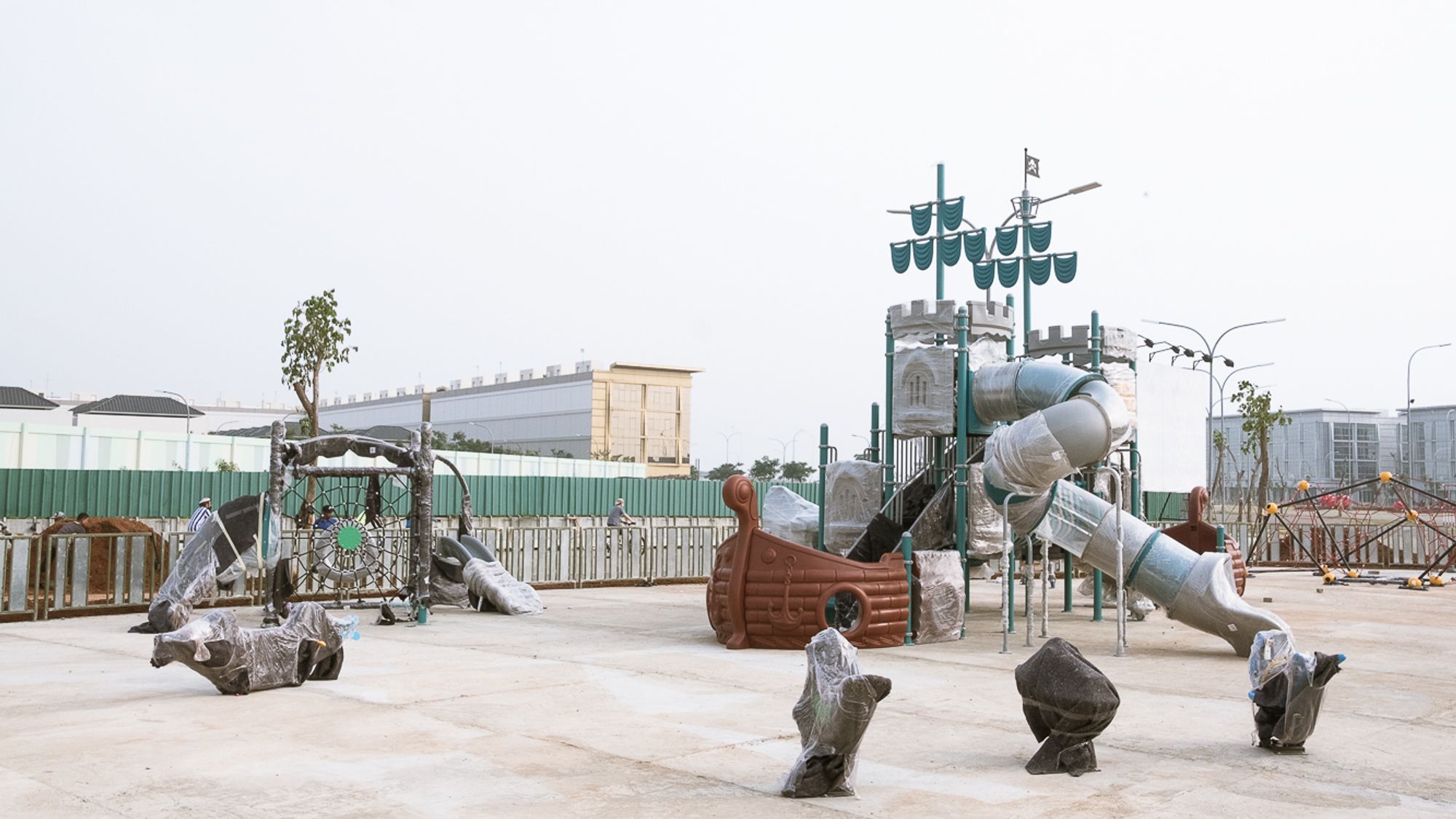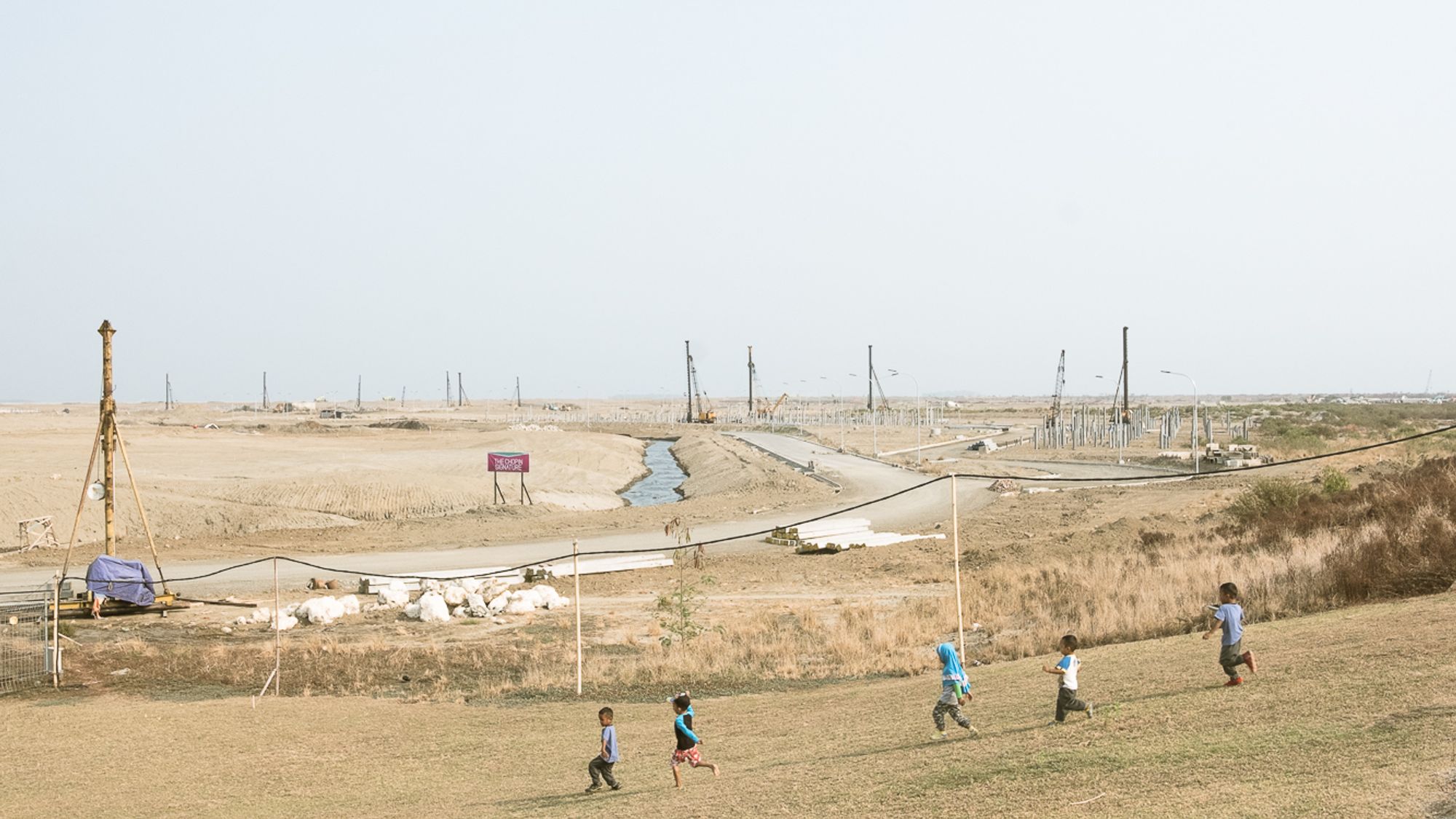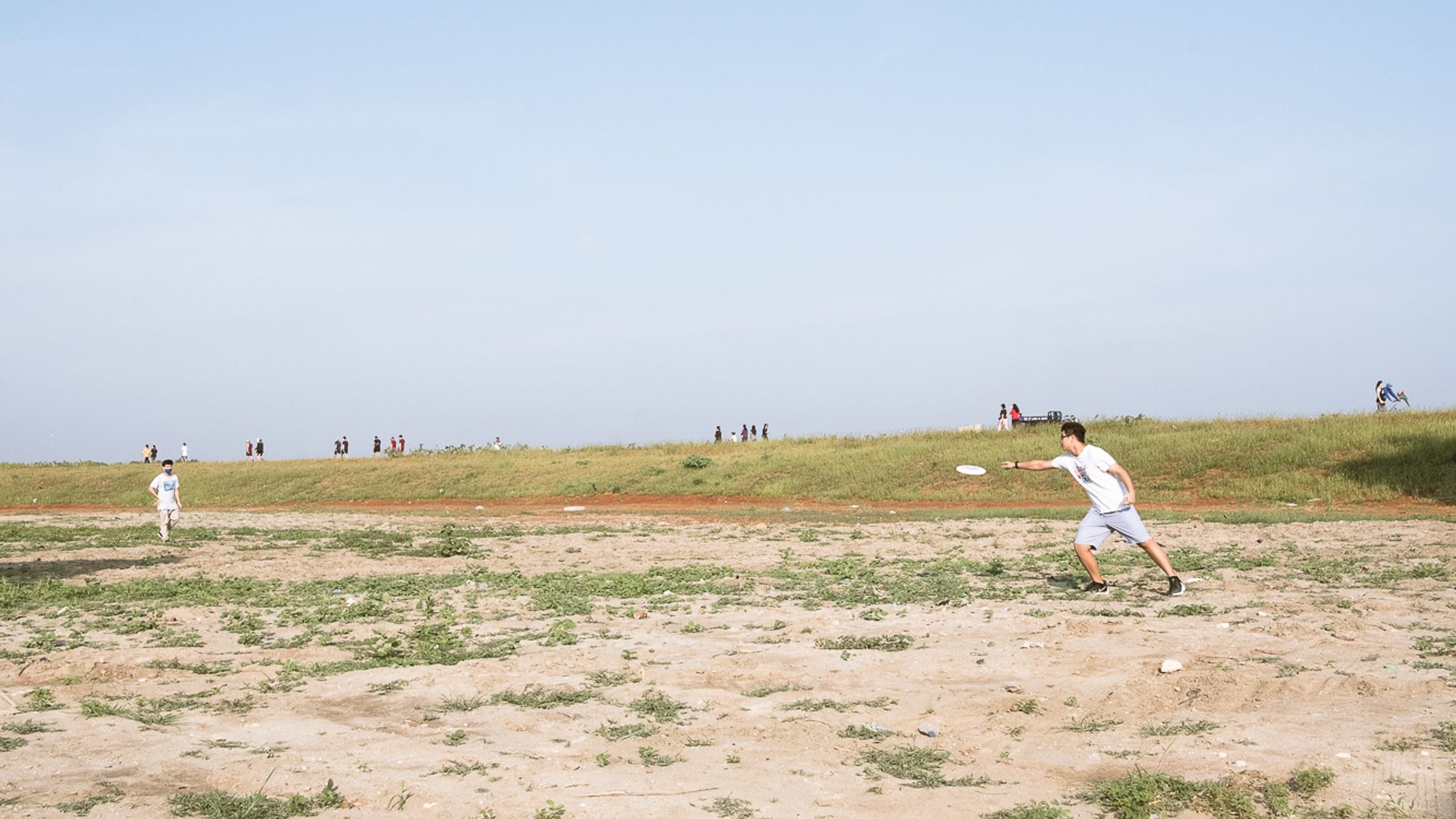New Island Of Jakarta
By Adhi Wijaya
"Actually, which one is more important, money or the environment?" asked Sirman, a resident of the Kamal Muara Jakarta, when our discussion deepened regarding reclamation that afternoon.
During the two-year process of building the new island of Jakarta, some fishermen who live in Kamal Muara were forced to switch professions to become online motorcycle taxis. Being a fisherman was difficult at that time because the sea had become shallow by millions of cubic sands and rocks that were shed 24 hours 7 days. As a result, the Jakarta Bay water ecosystem is damaged, the fish are leaving.
With an area of 870 hectares, the Jakarta reclaimed island was built from a pile of 58.7 million cubic sands and 2.4 million stones from Banten province. This 28 trillion rupiah project is fully funded by the private sector. The reclamation was stopped by Coordinating Minister for Maritime Affairs Rizal Ramli in 2016 because he did not have an environmental feasibility study. Three months later Rizal was removed and replaced by Luhut Panjaitan, the former coordinating minister for politics, law and security. One year later the construction of the Jakarta reclamation island continued.
"Since the island of reclamation existed, tidal floods began to come frequently and stayed longer in the kamal muara," said Sirman. Tidal flooding also occurs in other areas such as Muara Angke, Pluit and Muara Baru. The practice of reclamation amidst land subsidence conditions and the threat of flooding from upstream and downstream is an irony. As the city with the highest land subsidence rate in the world, reclamation has the potential to sink Jakarta faster.
Economic globalisation has created aggressive companies that are developing business in an expansive and exploitative manner. Indonesia was chosen as a place of expansion because of its large, green and promising market. Greed then makes companies even more blind and willing to destroy the environment for profit.
